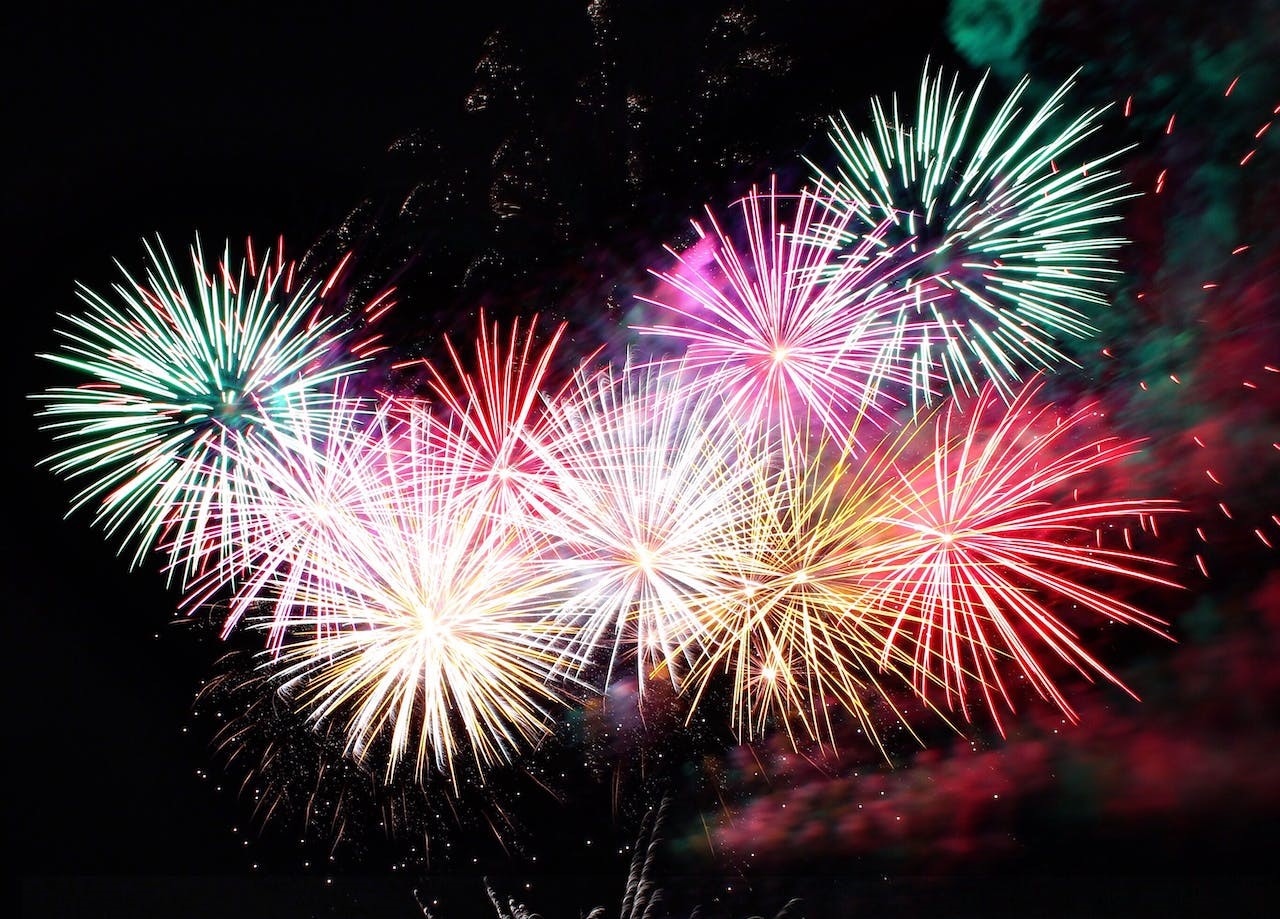Last weekend the New York Times published a nice piece about a resurgence in downtown Manhattan street life.
Optimism abounds now among developers and merchants, who are pouring hundreds of millions of dollars into real estate along the narrow streets of Lower Manhattan. They are counting on the district, in its next incarnation, to be not just a collection of office towers and trading floors, but also a self-sustaining residential neighborhood that will appeal to families.
Office space, now in short supply, is renting for more than it did before 9/11. Over the next several years, around 14 million square feet of commercial space is scheduled to be built, replacing the offices and stores destroyed on 9/11, according to data compiled by Cushman & Wakefield, a large real estate brokerage.
 With new retail, restaurants and even schools opening up, businesses are enjoying an influx of mostly well-to-do customers who are drawn to areas like Stone Street, which has been transformed from "a trash-filled alley" to "one of the liveliest social scenes in Manhattan, a slice of South Beach tucked into the financial district -- minus the palm trees and bikinis."
With new retail, restaurants and even schools opening up, businesses are enjoying an influx of mostly well-to-do customers who are drawn to areas like Stone Street, which has been transformed from "a trash-filled alley" to "one of the liveliest social scenes in Manhattan, a slice of South Beach tucked into the financial district -- minus the palm trees and bikinis."
As pointed out by the Times and noted on Gristmill, the Lower Manhattan renaissance has been aided by $6 billion in tax exempt federal bonds (and though no parking garages are mentioned, the Times piece does refer to a new BMW dealership).
Car lots aside, encouraging as the downtown revival may be, some lament that housing costs are climbing out of reach, as the median downtown household income has risen to $165,000. While a typically gloves-off debate on the ethics of "FiDi" development unfolds over at Curbed, a Gristmill commenter wonders what impact a redeveloped World Trade Center site will have on downtown as a functional neighborhood:
I don't think it's time for urban advocates to be declaring victory and resting on their laurels. The rebuilt WTC won't be any better than the Avenue of the Americas in terms of walkability; the blank glassy facades, superblocks and windswept plazas of the original WTC will live on in the new plan. The base of the Freedom Tower in particular will be as deadening to street life as any suburban self-storage warehouse.
Photo: drocpsu/Flickr





